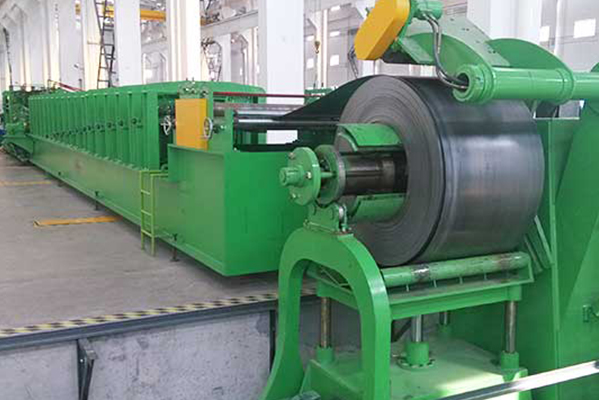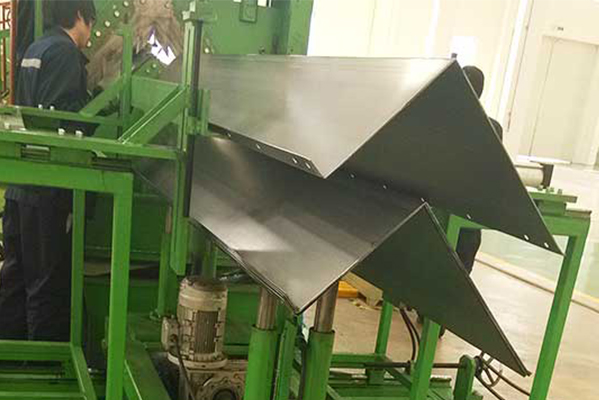Navigation Menu
Contact Us
- Email:
- info@wxavatar.com
- Address:
- Yurong Village, Yuqi Street, Huishan District, Wuxi, China.
Release Date:Jun 10, 2025 Visit:48 Source:Roll Forming Machine Factory
In the realm of bulk material storage, steel silos are widely adopted for their reliability. However, their long-term durability is a core concern for users. It's intriguing to consider how roll forming technology plays a role in boosting the overall robustness of steel silos.

Traditionally, the manufacturing of steel silos involves several processes, with the connection of plates being a critical step. A roll forming machine, through its unique operating principle, can significantly optimize this process. This equipment continuously cold-bends steel strips into specific cross-sectional shapes using a series of precisely designed rollers. This forming method differs from conventional stamping or welding, bringing distinct advantages in material performance and structural integrity.
Precision and Consistency in Production
Firstly, roll forming can achieve higher processing precision and consistency. In silo manufacturing, deviations in the dimensions and shapes of each steel plate can accumulate, potentially affecting the final structure's stability. Under automated control, roll forming machines ensure that the produced profiles are dimensionally accurate and have uniform cross-sectional shapes. This provides a better foundation for subsequent assembly. The high degree of fit between components helps reduce installation stress, thereby lowering the risk of early fatigue failure due to stress concentration.
Optimized Material Properties
Secondly, the material's internal organizational structure can be optimized through roll forming. During the cold rolling process, the steel undergoes plastic deformation under the action of the rollers, which can lead to a certain degree of work hardening. In some cases, this effect can enhance the material's yield strength and tensile strength, giving the silo's overall structure greater resistance when subjected to external loads. This is crucial for resisting wind loads, seismic loads, and internal material pressure.
Enhanced Structural Design Flexibility
Furthermore, the roll forming process facilitates more optimized structural designs. Roll forming allows for the production of various complex cross-sectional shapes, such as plates with reinforcing ribs or special connection edges. These irregular sections can effectively increase the stiffness and load-bearing capacity of the silo wall panels, reducing local deformation. For example, plates with special edge designs can form tighter, more effective seals when joined, reducing moisture penetration and preventing internal material from getting damp. This also inhibits corrosion, further extending the silo's service life.
Improved Manufacturing Efficiency
Finally, roll forming technology can improve production efficiency, potentially prompting manufacturers to use higher-quality steel or more stringent quality control processes. When production efficiency increases, unit manufacturing costs may decrease, allowing for more resources to be invested in ensuring material quality and process details. This indirect influence also contributes to enhancing the overall durability of steel silos.

In summary, a roll forming machine doesn't directly alter the chemical composition of steel. Instead, through its precise forming process, it indirectly and effectively enhances the structural integrity and long-term performance of steel silos. It does this from multiple angles: geometric precision, material microstructure optimization, structural design flexibility, and improved production efficiency. The role it plays in improving silo durability is certainly worth considering.